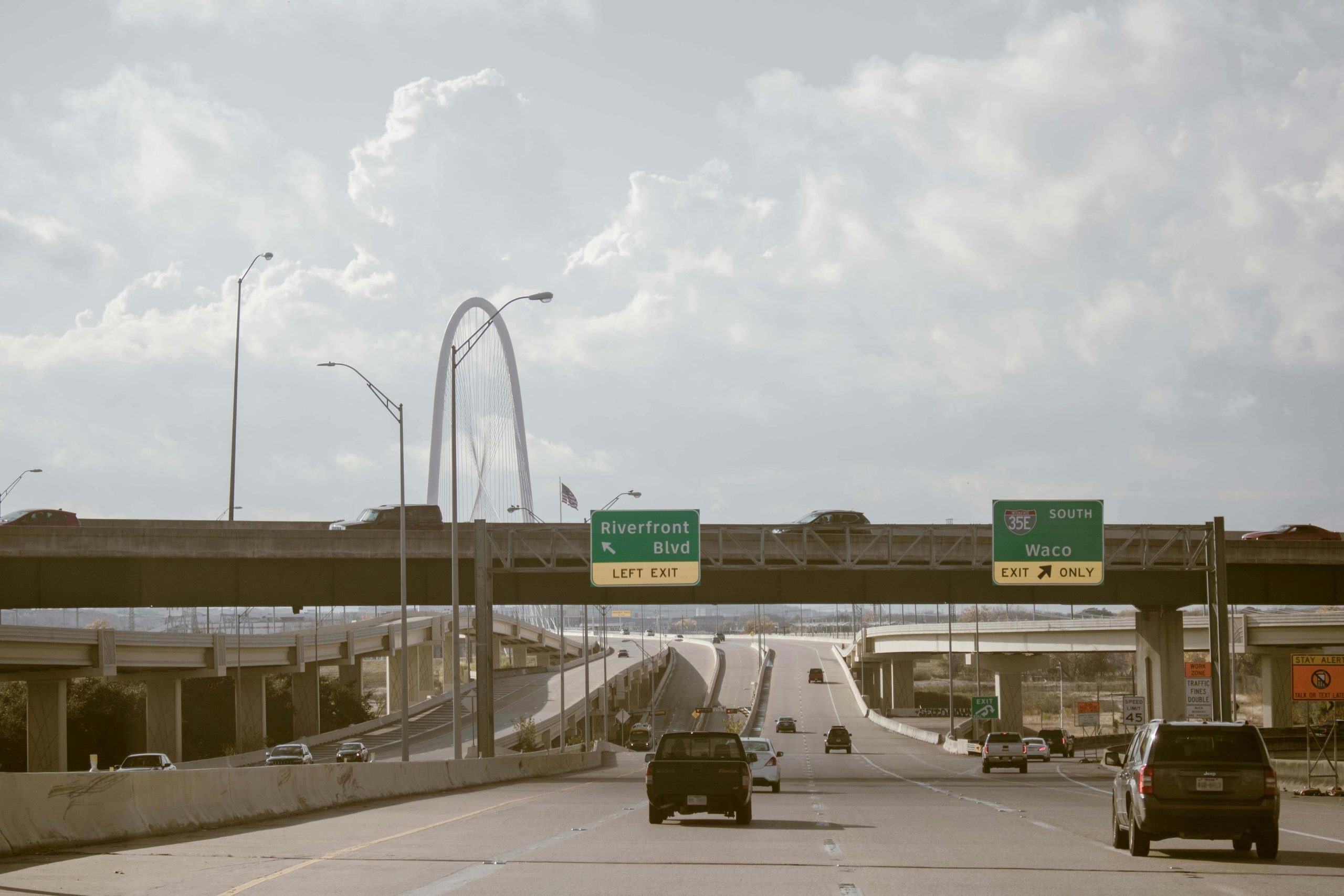Navigating a Denied Insurance Claim: Seeking Guidance after a Hit-and-Run Incident
In early September, I found myself in an unfortunate situation when my vehicle was struck at a red light by a driver insured through State Farm. The incident caused minor damage to my bumper, and given that my car is relatively new, I am eager to have it repaired.
During the exchange post-accident, the other driver was hesitant to allow me to photograph his driver’s license, although he did provide his insurance details. I managed to document the damage and took some essential photographs of the scene before we parted ways.
However, I recently received word that State Farm has denied my claim, citing their inability to contact the other driver for further information regarding the incident. This denial has left me in a bit of a bind, as I am unsure of my next steps.
What To Do When Your Insurance Claim Is Denied
-
Review the Denial Letter: Start by carefully examining the denial letter from State Farm. It should outline the reasons for the claim’s rejection and any necessary steps to contest the decision.
-
Gather Documentation: Compile all relevant documents, including photographs of the accident, your correspondence with the insurance company, and any witnesses’ statements if available. This evidence may prove crucial in appealing the denial.
-
Contact State Farm Again: Reach out to State Farm’s claims department to discuss the status of your claim. Politely explain your situation and express your concerns regarding the inability to contact the other driver. Ask for clarification on what steps can be taken next.
-
File an Appeal: If the situation does not improve, consider formally appealing the denial. Present your collected evidence and clearly state why you believe the claim should be honored. Follow the insurer’s appeal process as outlined in their documentation.
-
Consult with a Professional: If you continue to encounter roadblocks, it may be beneficial to consult with an attorney experienced in insurance claims. They can provide guidance and possibly assist in communicating with the insurance company on your behalf.
-
Explore Alternative Options: You may also want to consider filing a claim with your own insurance company, especially if you have collision coverage. They can pursue reimbursement from the other driver’s insurer once you’re cleared for repairs.
It’s frustrating to deal with insurance hurdles after an accident, but remaining organized and proactive can significantly enhance your chances of a successful resolution. Your car deserves the repairs needed to restore it




I’m sorry to hear about your frustrating experience following your accident. Handling insurance claims can be quite challenging, especially when communication breaks down. Here are some steps you can take to help address your situation effectively:
Document Everything: Ensure you have all the documentation related to the incident. This includes the police report (if one was filed), your photos of the accident, the other driver’s insurance information, and any correspondences with State Farm. Having a clear record will be invaluable in your case.
Follow Up with State Farm: Reach out to the claims adjuster handling your case. Ask them to explain why they were unable to contact the other driver and stress the urgency of your need for a resolution. It may also be beneficial to ask them what specific steps they are taking to get in touch with him.
Contact the Other Driver: If you’re comfortable, try reaching out to the other driver directly. If you have his contact number, you might gently explain the situation—that the insurance company is having difficulty getting in touch with him. Sometimes a personal message can be more effective than a call from an insurance rep.
Consider a Formal Complaint: If the situation doesn’t improve, you might want to consider filing a complaint with your state’s Department of Insurance. They can intervene on your behalf, as they oversee fair practices among insurance companies.
Consult an Attorney: If the claim continues to be denied or unresolved, consulting with an attorney who specializes in insurance claims may be beneficial. They can provide you with guidance tailored to your situation and help you understand your rights, which may include pursuing a claim through your own insurance policy if the other driver remains unresponsive.
Review Your Insurance Policy: If you have comprehensive or collision coverage, you might consider filing a claim with your own insurance company. They can help cover the repairs, and they will then seek to recover costs from the other driver’s insurer. Just be aware that this could impact your premium.
Learn About Subrogation: If you do go through your insurance, familiarize yourself with the subrogation process, where your insurance will attempt to recover the costs from the other driver’s insurance company. This can be a lengthy process, but it’s a common way to manage situations where the at-fault party is unresponsive.
Stay Persistent: Lastly, persistence is key. Insurance claims can take time, and persistence can sometimes encourage the involved